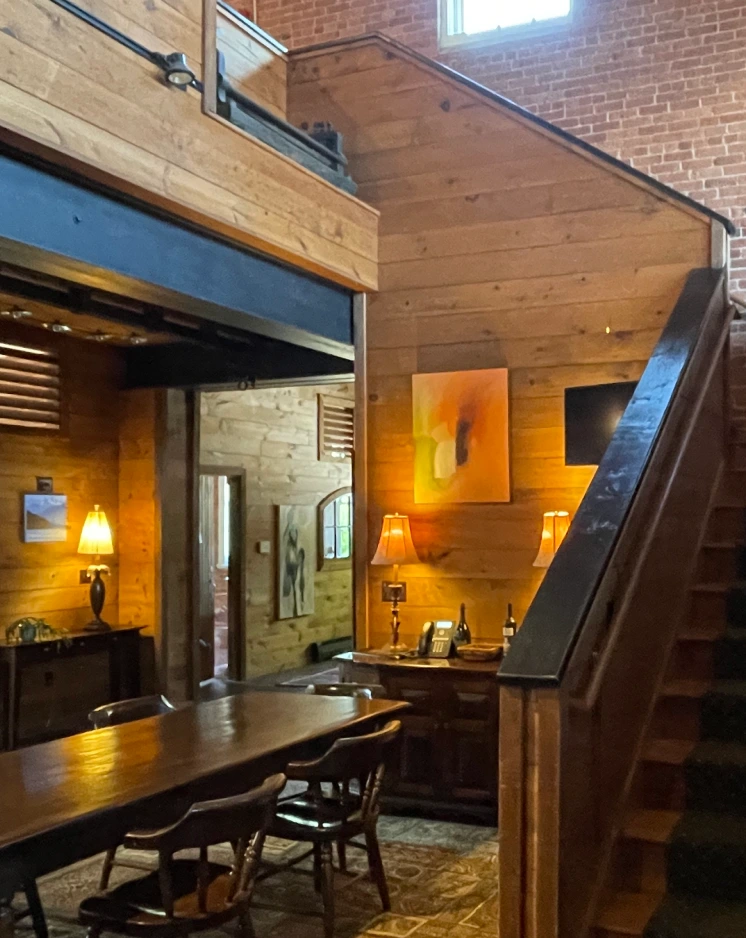
Culture is Everything: Why Merging Multiple Teams Hinges on Your Culture
In many ways, the merger of Shields Design Group and Shotgunflat feels meant to be. On the outside, it looks like such a great, complimentary, obviously good fit. In reality, it took a lot of careful and intentional planning--particularly when it came to company culture.
Mary (the founder of Shields Design Group) and I had known each other for well over 20 years when we began discussing the possibility of a business deal. We've always liked and respected one another, and that mutual admiration was reflected in the fact that the relationship between our two companies was not unlike that of a comet's orbit. We'd be close for a while and work together, and then one of us would sail away into the distance, orbits taking our companies in different, far-away places for a while. But we'd always circle back to one another.
In the summer and early autumn of 2021, Mary and I entered into a series of casual conversations about different scenarios where we could combine the talents of our respective teams. This time, we looked beyond the typical relationships (business associates, referral partners etc.) and focused on creating something more concrete and permanent. As we held more frequent and serious conversations, plenty of questions came up along the way. How would a merger work? How will we valuate the two companies? What would Mary's role be? What would Mike's role be? How might we handle cash? Lending? The list was long.
Furthermore, we needed to examine the the big one - what about the employees? While our skill sets complimented each other (boiled down to basics, design+code), we wondered about the the most important part--the people--and if they would compliment each other. If we mixed two groups of talented people into a new cocktail, would it work? Would the ingredients we had combine into something great, or would they clash? Our teams were very different in many ways--interests, age, gender, background, etc. We had no idea how it would go. It could work well, or we could be in for some challenging times.
We also had the task of keeping the merger a secret as we worked through it. People started to figure out that something was going on, that there would be some kind of leadership change in the near future. In order to get a chemistry test on the potential team, Mary suggested the Shotgunflat team might like to start commuting to Plymouth once a week to work at the Plimouth Water Works building (where Shields Design was located at the time--and where we'd eventually move in). Sharing space, working together in the building, and simply being around each other in a real-world setting would give us a real sense of how things might go. To everyone in the know, it came as no surprise--it worked quite well.
It didn't hurt at all that we already had a head start by havinggreat people at both companies. Also, everyone kept their jobs, their salaries, their desks, their hybrid setup, etc. But we still had to intentionally set a culture that would ensure not just co-existence, but also synergy. We took a long, hard look at our team, our talents, and our belief system--what we were about, why we did the work we did, and concluded that we had a special group and a special purpose. That specialness led to our company value statement--one that we can be intentional about both internally and externally.
By adopting the simple statement, "We Love People," we have a unifying belief that guides how we work with our clients and each other. Our team has adopted this belief, and we strive to live by it daily, both with each other and with clients.

